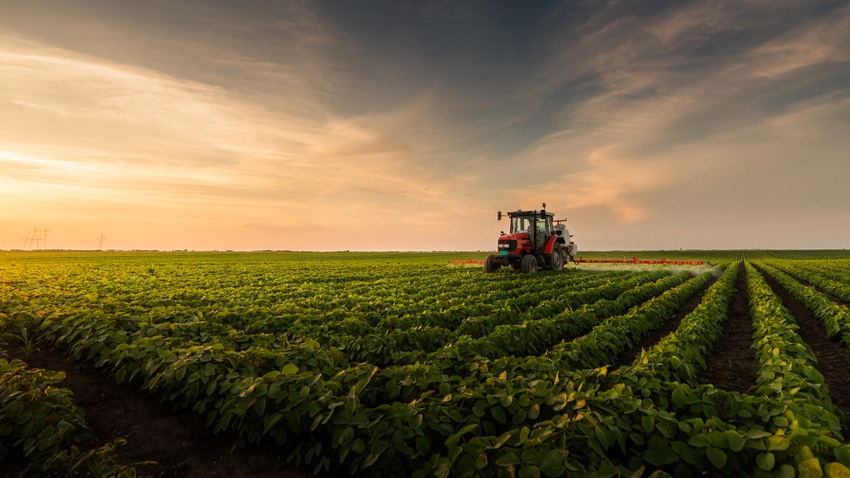
White mold is showing up in broadleaf crops more frequently around the region. While it can afflict all broadleaf crops, it is most commonly seen in soybeans, as well as dry beans and sunflowers.
With crops at a higher risk of infection, plant pathologist Michael Wunsch at North Dakota State University Extension offers tips to optimize fungicide application for farmers battling this disease.
“Fungicides must always be applied prior to pathogen infection,” Wunsch says, as farmers are unable to eradicate existing disease. “Some, but not all, modern fungicides exhibit some degree of curative activity, but this is limited to the first 24 hours of a spore penetrating the leaf.”
With this level of infection only discoverable through microscopic analysis, disease infection may be present in fields for weeks before presenting itself as visible symptoms on crops. “Our modern fungicides prevent the germinating spore from entering the plant,” he explains. “All applications must be risk-based, on when you know the crop is susceptible.”
Wunsch says new growth is not protected by previous fungicide applications. “Only the biomass that exists at the time you apply the fungicide is protected,” he states. “It might be that tiny bit of fungicide is brought forward with new growth, but you have to realize that the concentration of that fungicide is going to be so small, that it’s not going to provide control.”
During early bloom, soybeans, for example, exhibit major growth and are more susceptible to white mold. As a result, Wunsch says this is a problem to stay ahead of.
Right time for soybeans
Risk is highest for crops experiencing optimum conditions for white mold infections. Favorable conditions for white mold consist of daytime temperatures from 60 degrees F through the 70s, paired with canopy wetness during bloom. While white mold can occur at higher temperatures, it requires longer periods of leaf wetness. Conditions including rain, fog and heavy dew during bloom are all favorable for the disease.
When soybeans enter bloom, fungicides should be applied as soon as 100% of the plants reach the R2 growth stage. “If the canopy is already closed at mid to late R1 — so this would be 60% to 85% of plants in bloom — you should apply the fungicide then instead, if conditions are highly favorable for white mold,” Wunsch says. “If conditions aren’t favorable, you need to wait.”
Whether at the R1 or R2 stage, Wunsch says if conditions aren’t favorable, producers should wait for their fungicide applications. During studies at the NDSU Carrington Research Extension Center, he says they created favorable conditions when testing optimal application times. “We did our research with a worst-case scenario by using overhead irrigation to ensure that at least moisture conditions were favorable for white mold.”
About the Author(s)
You May Also Like






